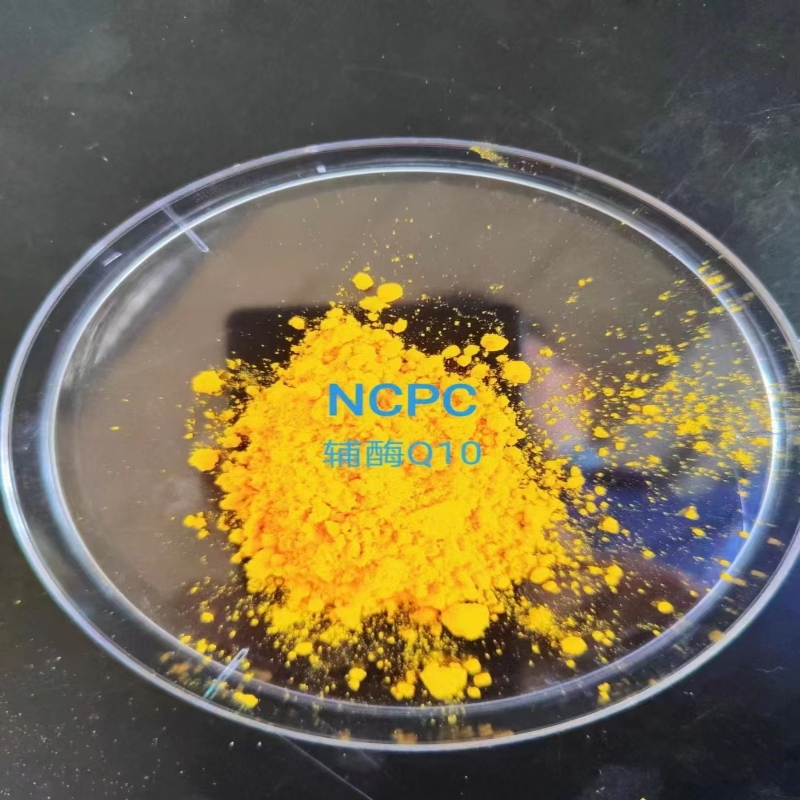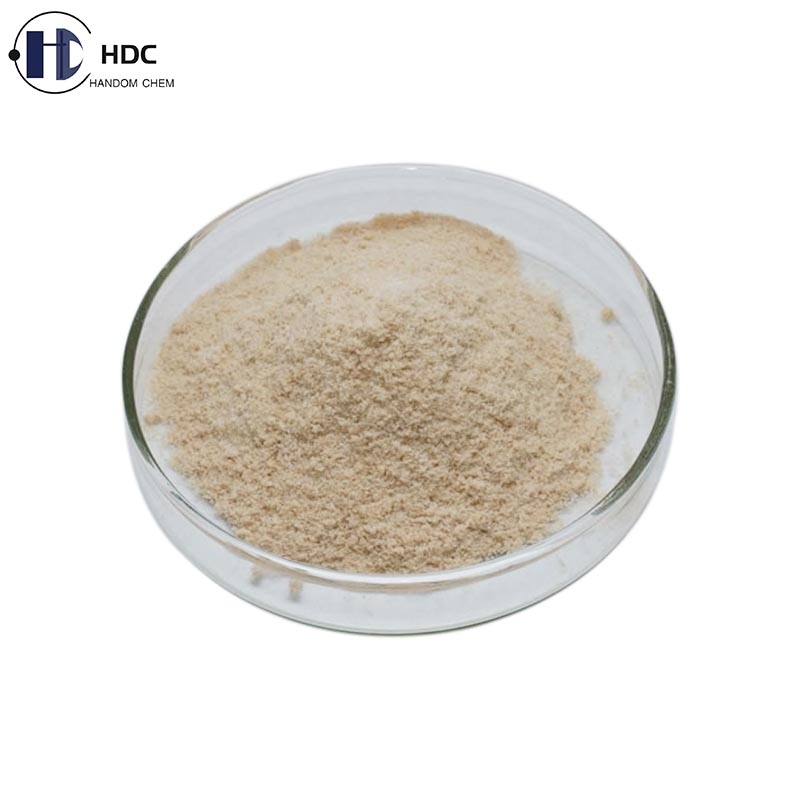Nat commun: researchers have discovered how the three-dimensional structure of the genome regulates cell differentiation
-
Last Update: 2019-05-31
-
Source: Internet
-
Author: User
Search more information of high quality chemicals, good prices and reliable suppliers, visit
www.echemi.com
May 31, 2019 / biourn / - a new study from the University of Minnesota School of medicine illustrates how the three-dimensional structure of the genome was regulated at the beginning of skeletal muscle formation Although the DNA sequence of genome is a linear code, just like a long sentence, the actual DNA molecules are distorted and folded in three-dimensional space, some of them are far away from each other, but physically close to each other in space These three-dimensional interactions are believed to enable DNA binding proteins to regulate the activity of genes far from their binding sites Photo source: nature communications just published an article in nature communications Dr Alessandro Magli, associate professor, Dr Rita perlingeiro, medical professor, and his colleagues studied the activity of one of the DNA binding proteins Pax3, which is essential for the development of skeletal muscle They found that a large circular structure was formed between the DNA sequence of Pax3 binding and the muscle specific gene regulated by Pax3, which is very important for muscle development Previously, the same team mapped all the sites Pax3 binds to in the mesodermal cell genome Mesodermal cell is a kind of embryonic tissue, which has the ability to form muscle They found that when Pax3 binds to DNA, it opens and relaxes the packaging of DNA molecules in local areas In the current study, they found that Pax3 protein will then introduce a bridging molecule called Ldb1, which will build a bridge between Pax3 protein and the remote gene it regulates to form a three-dimensional ring between the remote sequences To demonstrate the effect of Ldb1 on structural changes in the genome, Magli said they used a genetic technique because they forced the recruitment of Ldb1, which Pax3 usually combines with the genome by creating a pax3-ldb1 chimera They also showed that in the absence of Ldb1, muscle formation was not normal in mouse embryos "In general, we have shown that Pax3 not only regulates chromatin structure, but also controls myogenic enhancer activation," magley said Myogenic enhancers are genomic DNA fragments that have important regulatory functions on gene expression "There is evidence that changes in DNA molecular rings (also known as chromatin structures) can lead to genetic diseases and cancer "By studying how chromatin structure is regulated in the nucleus, we will have a better understanding of normal and pathological processes and may find new targets for treating diseases such as cancer," Magli said "Both of these papers well demonstrate that pluripotent stem cells are valuable tools for studying cell fate and analyzing transcriptional regulation," perlingeiro said "There is more work to be done in the future and more questions to be answered One of Magli's goals is to effectively generate regenerated cells of skeletal muscle to treat diseases such as muscular dystrophy by identifying signals that cause changes in chromatin structure Reference: Alessandro Magli et al Pax3 cooperation with Ldb1 to direct local chrome architecture during myogenic lineage specification, nature communications (2019) Doi: 10.1038/s41467-019-10318-6
This article is an English version of an article which is originally in the Chinese language on echemi.com and is provided for information purposes only.
This website makes no representation or warranty of any kind, either expressed or implied, as to the accuracy, completeness ownership or reliability of
the article or any translations thereof. If you have any concerns or complaints relating to the article, please send an email, providing a detailed
description of the concern or complaint, to
service@echemi.com. A staff member will contact you within 5 working days. Once verified, infringing content
will be removed immediately.







